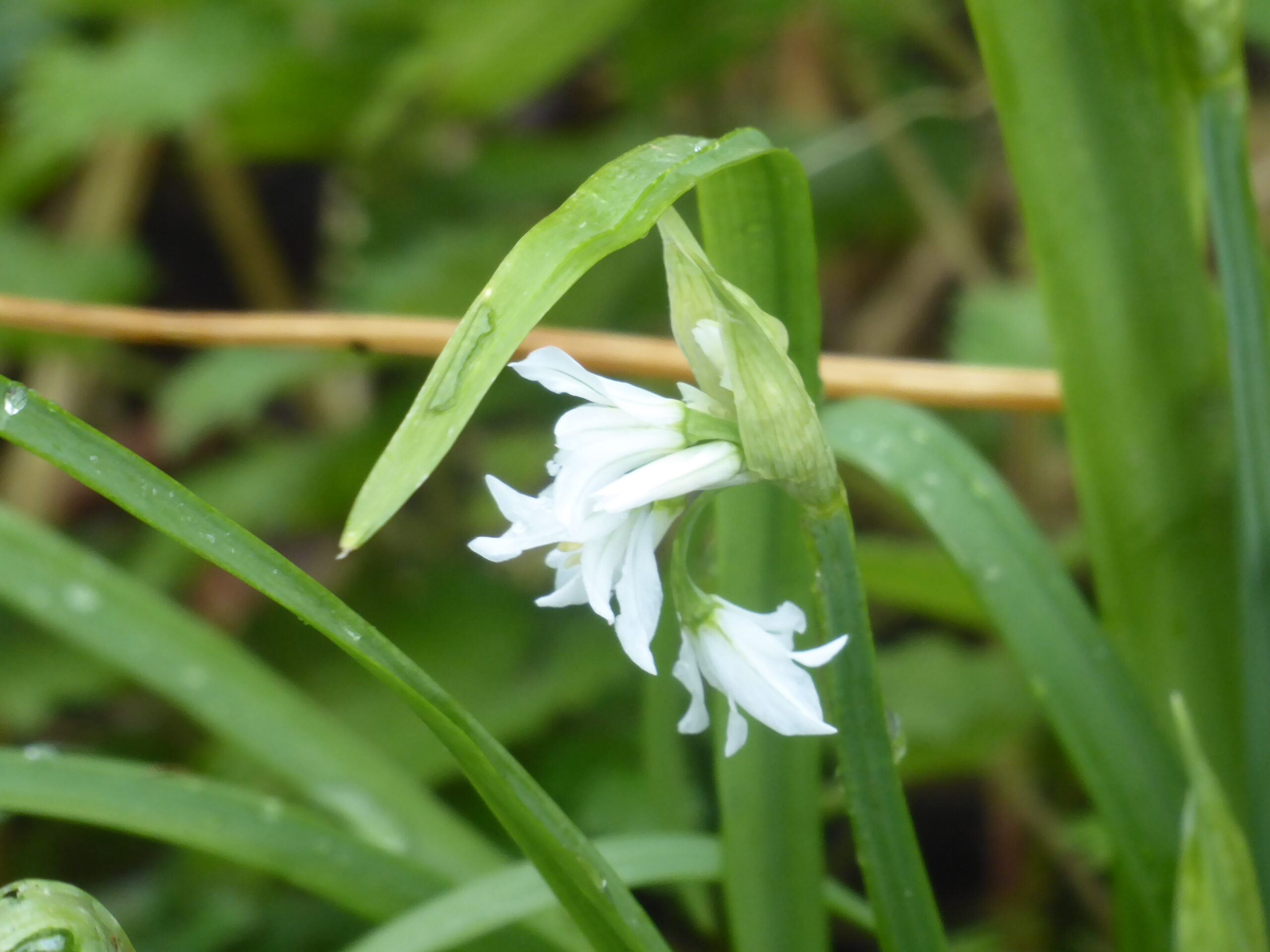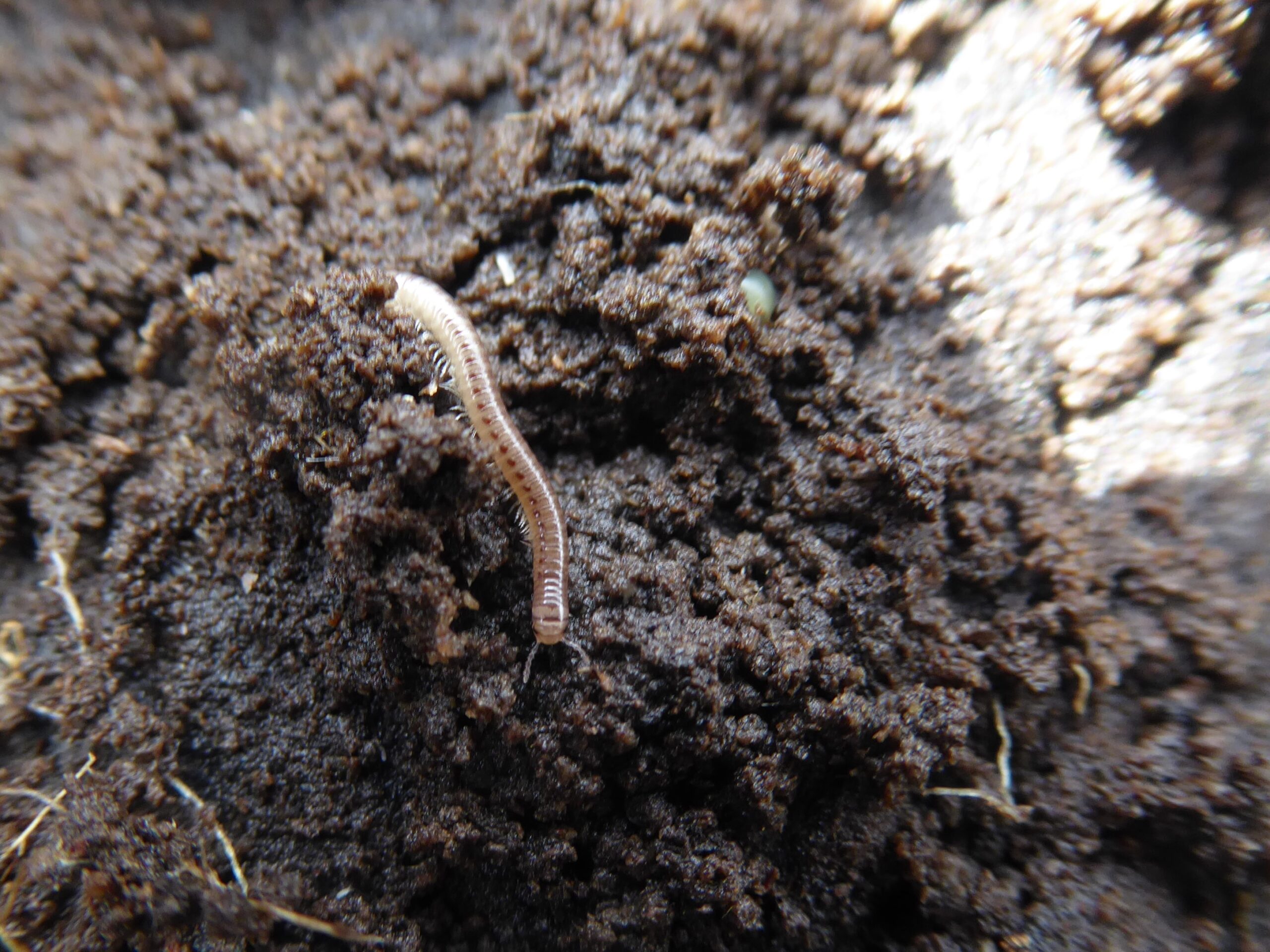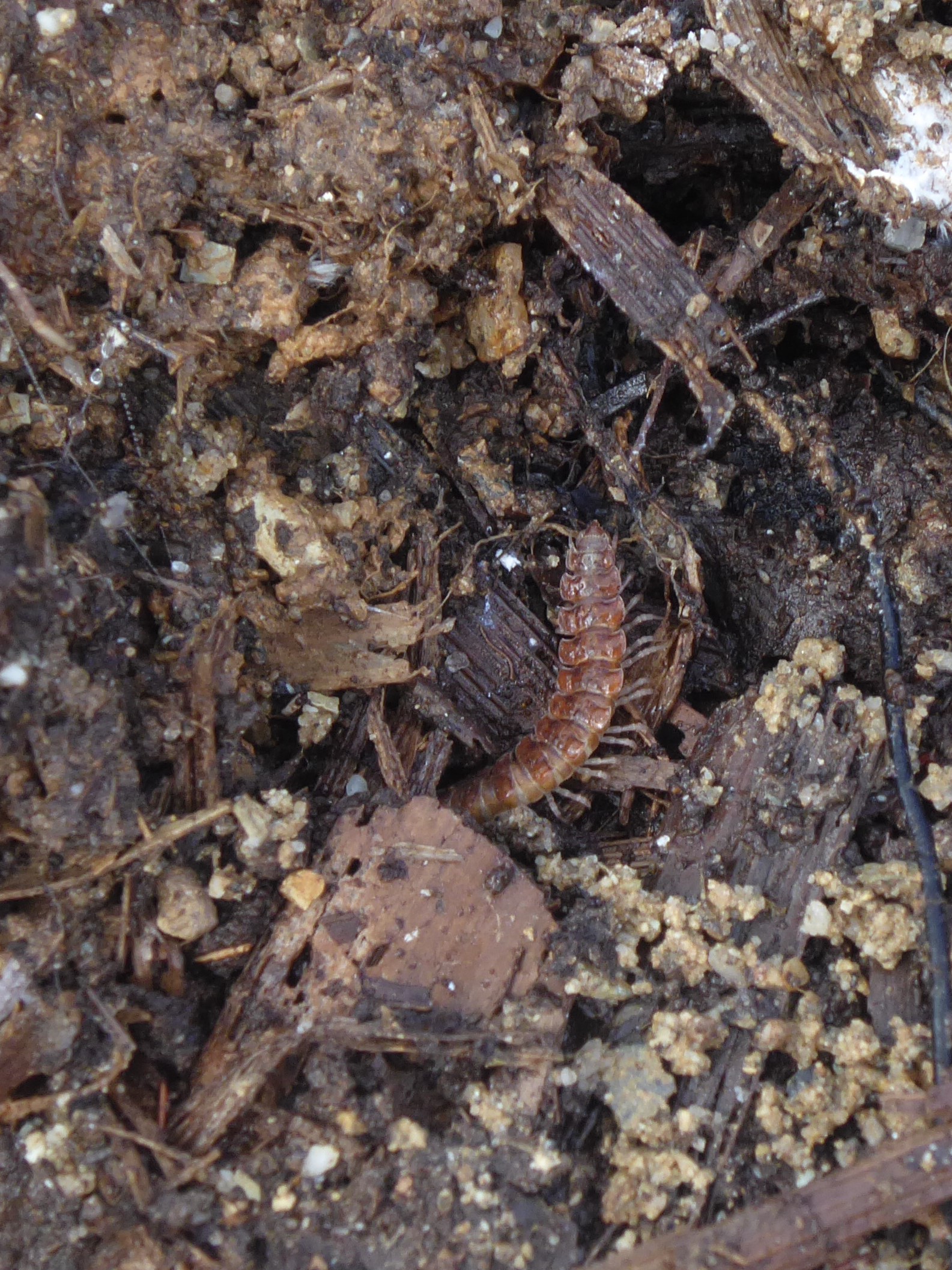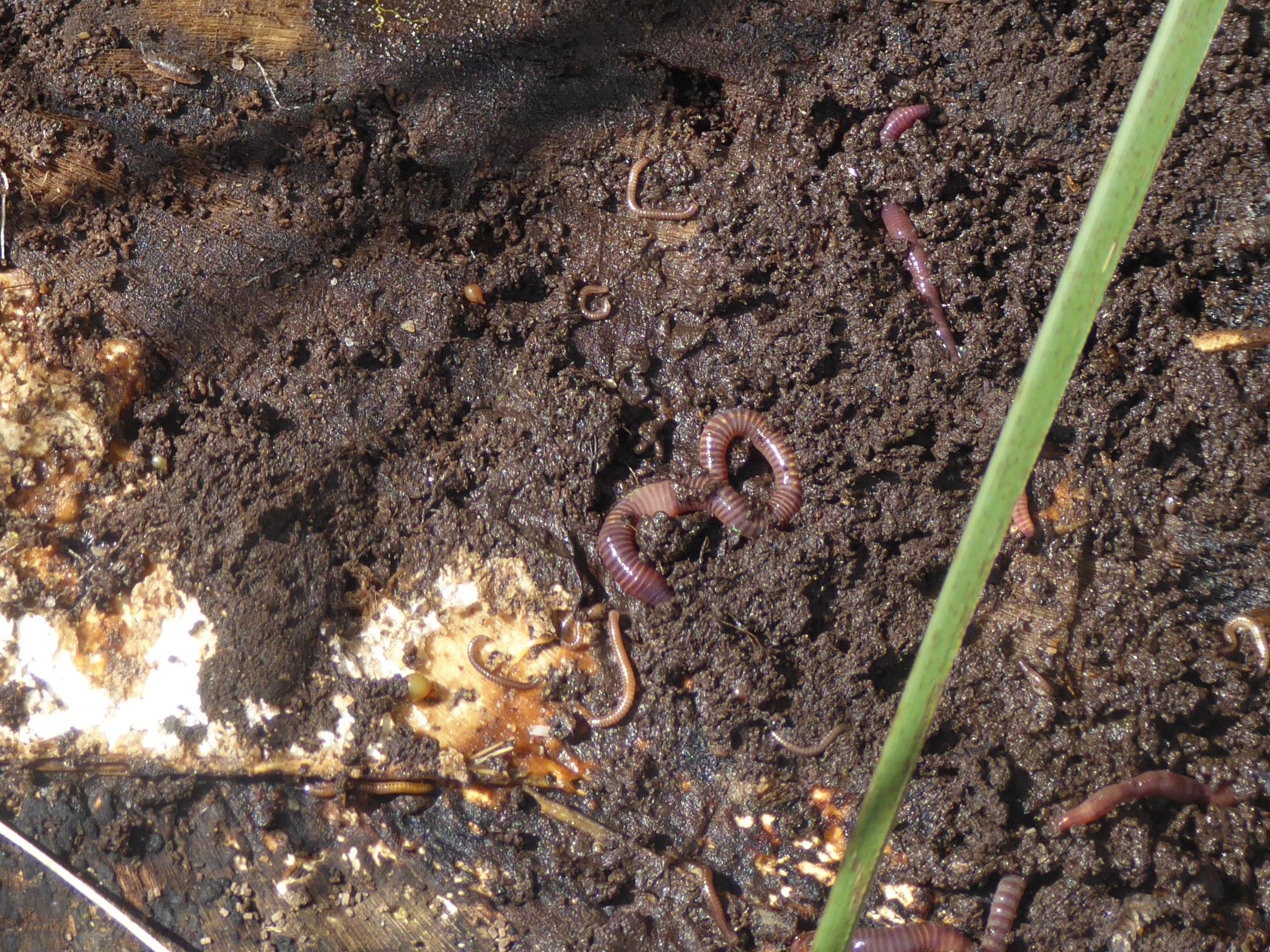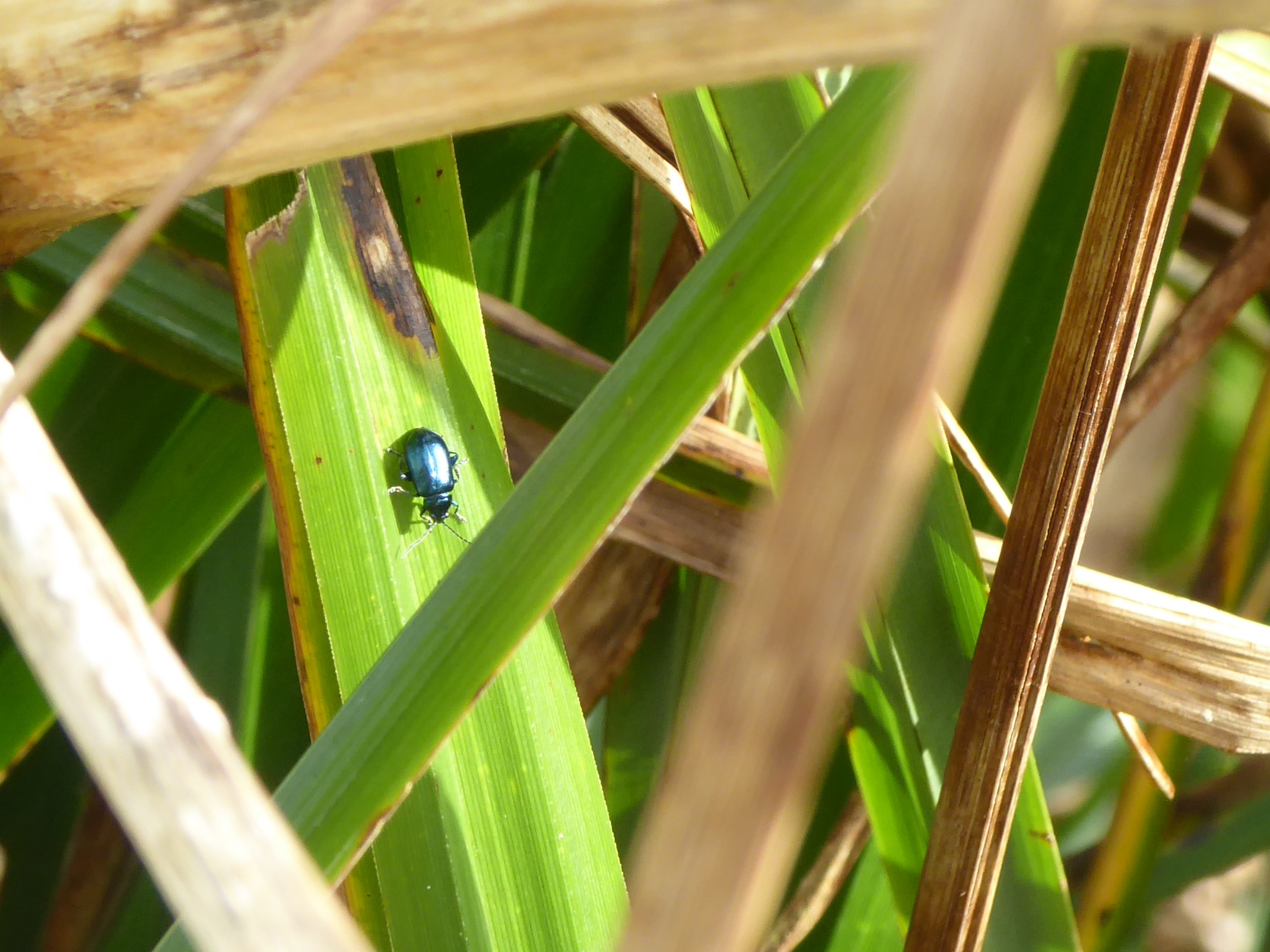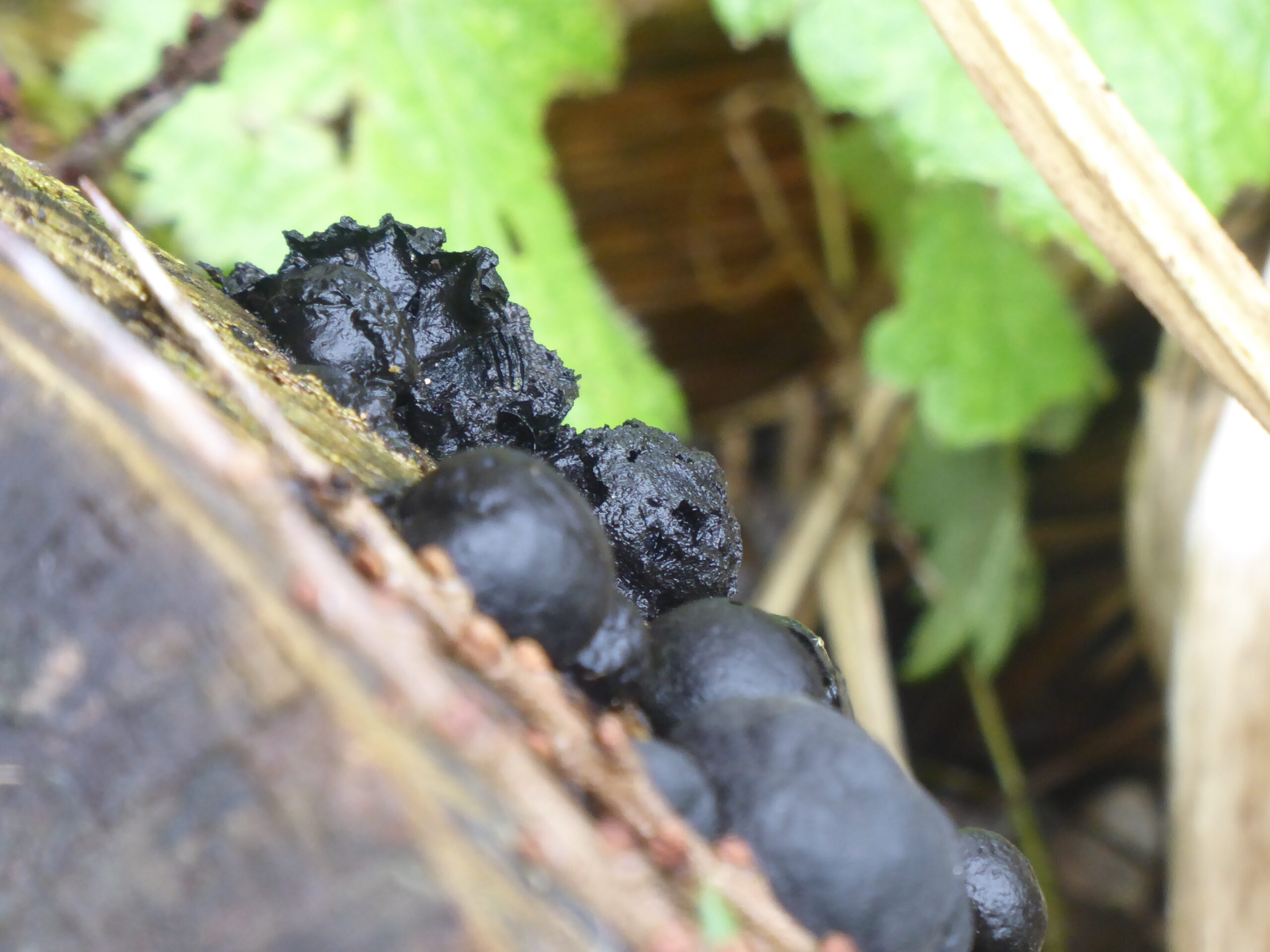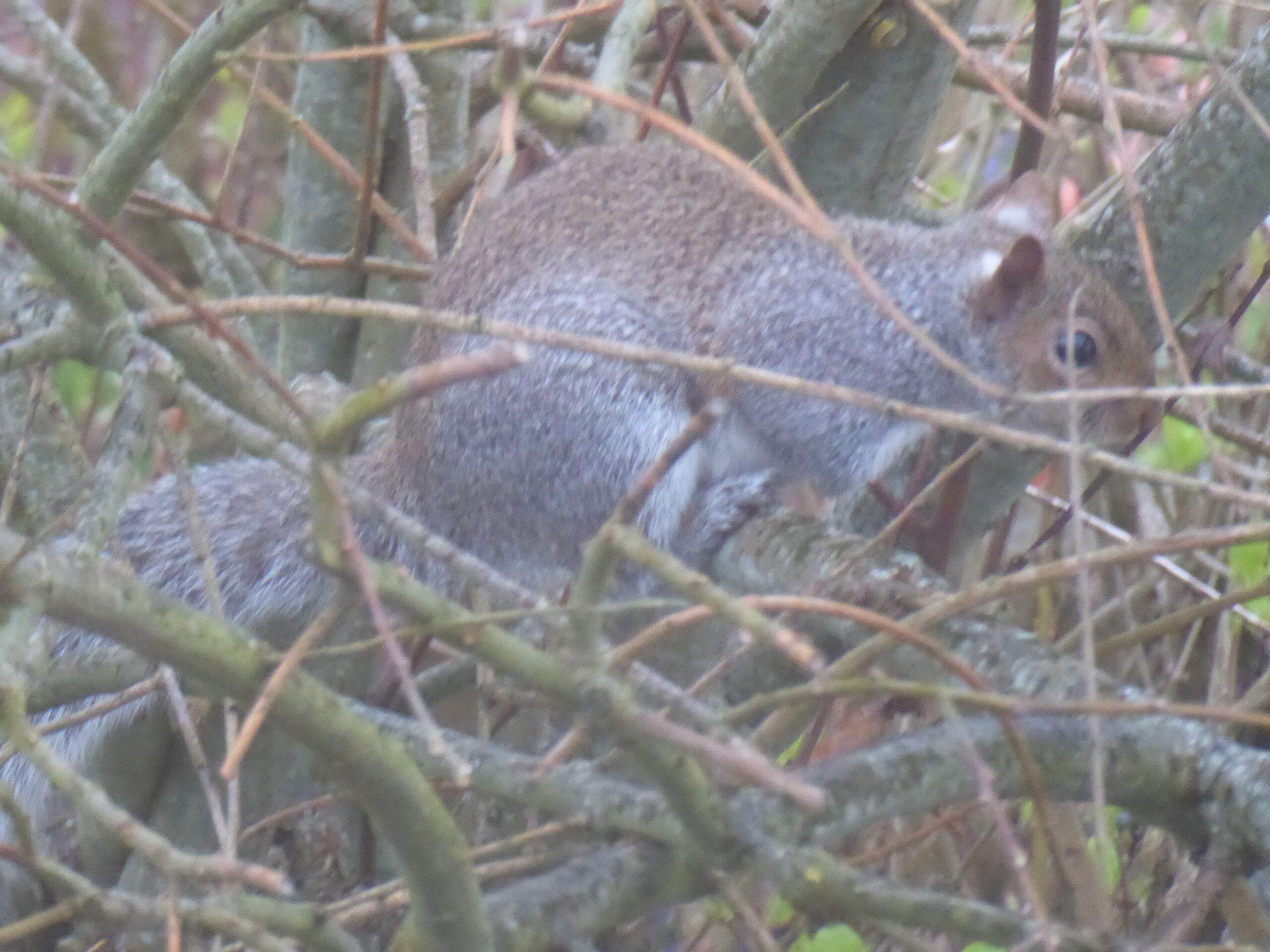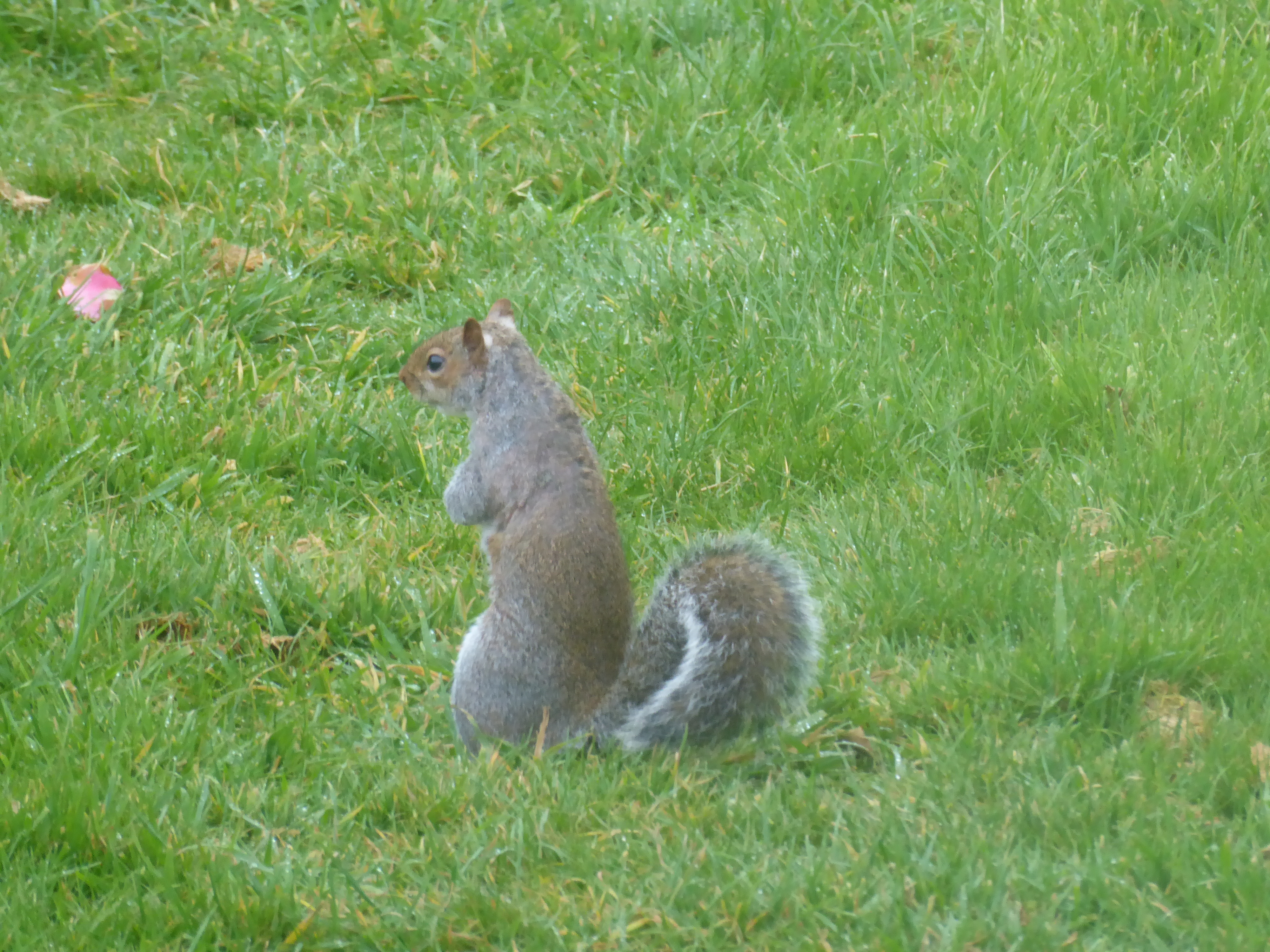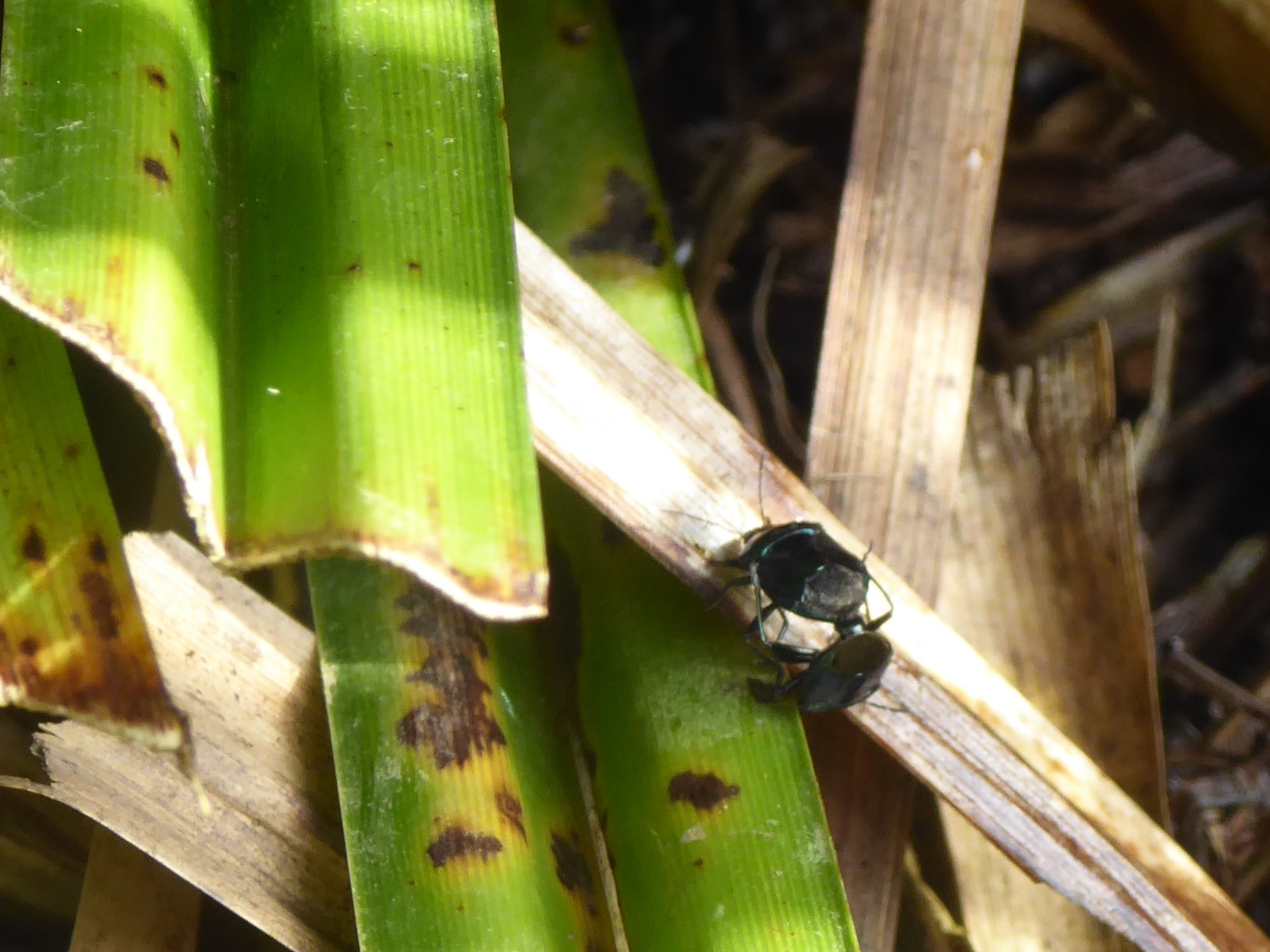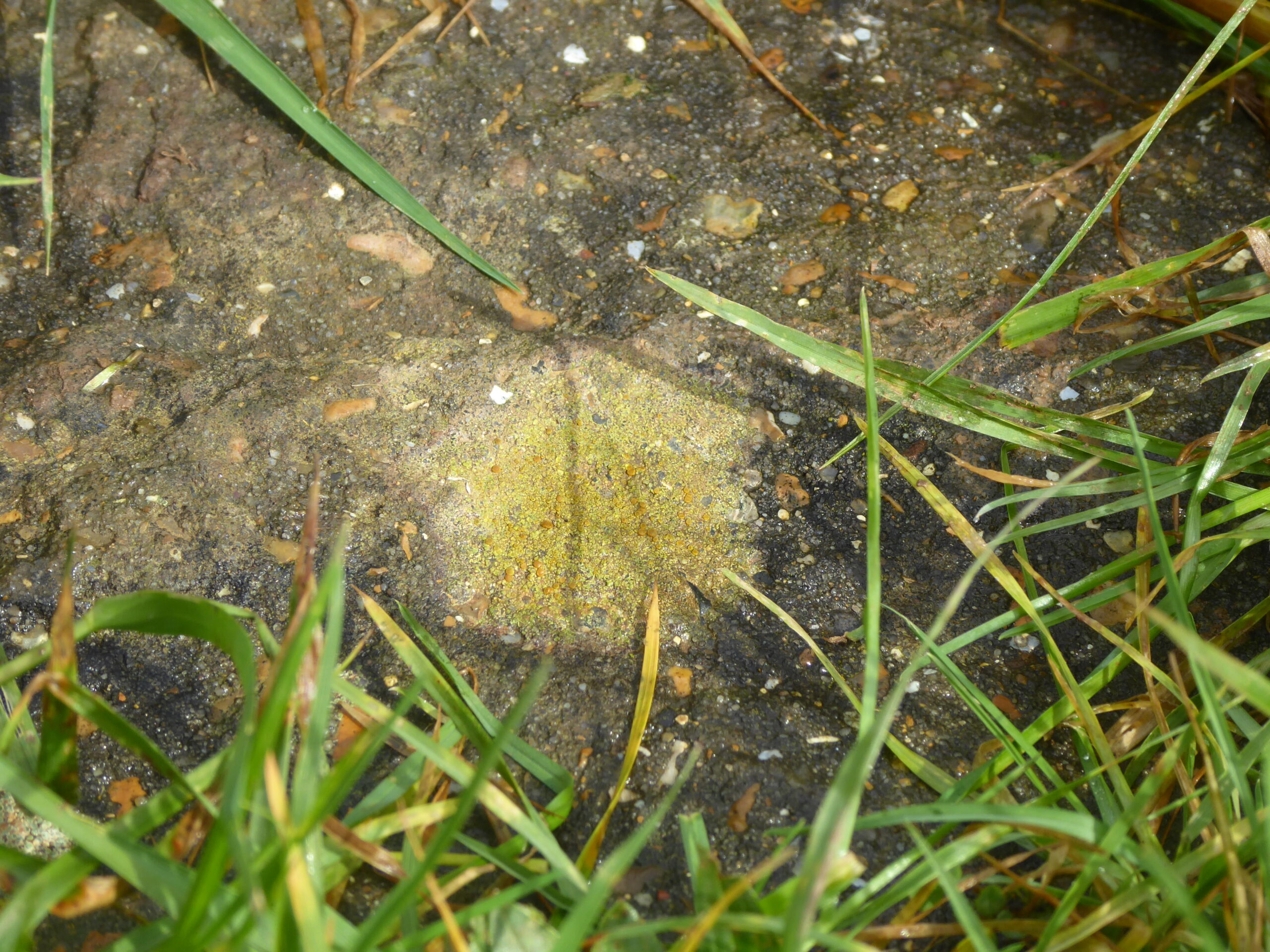It’s the season for wild garlic. There are two types: Ramsons and Three-cornered Garlic. Ramsons has a very different white flower with multiple six-petalled blooms shooting out from a central point on the stem – a typical allium shape – and broad, pointed leaves.
This three-cornered garlic has bell-shaped flowers, the petals of which are white with a green stripe down the centre, and slim pointed leaves. It looks like a white bluebell. The stem is triangular in cross-section, hence three-cornered, and it is also known as the Three-cornered Leek.
Three-cornered garlic is the predominant wild garlic in the West Country, as it thrives in the milder climate. It is considered an invasive species but is totally edible and can be treated like leeks or spring onions. In the watermeadow, it grows on the ramp and sprouts out from the sides of the steps. We don’t have a lot, but its garlicky scent is strong and quite appetising.
